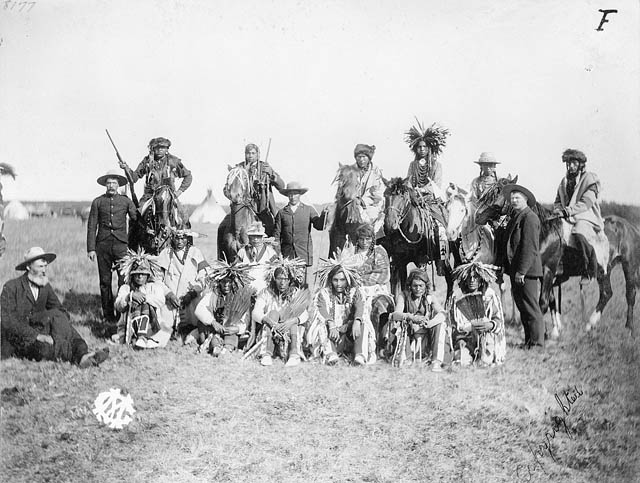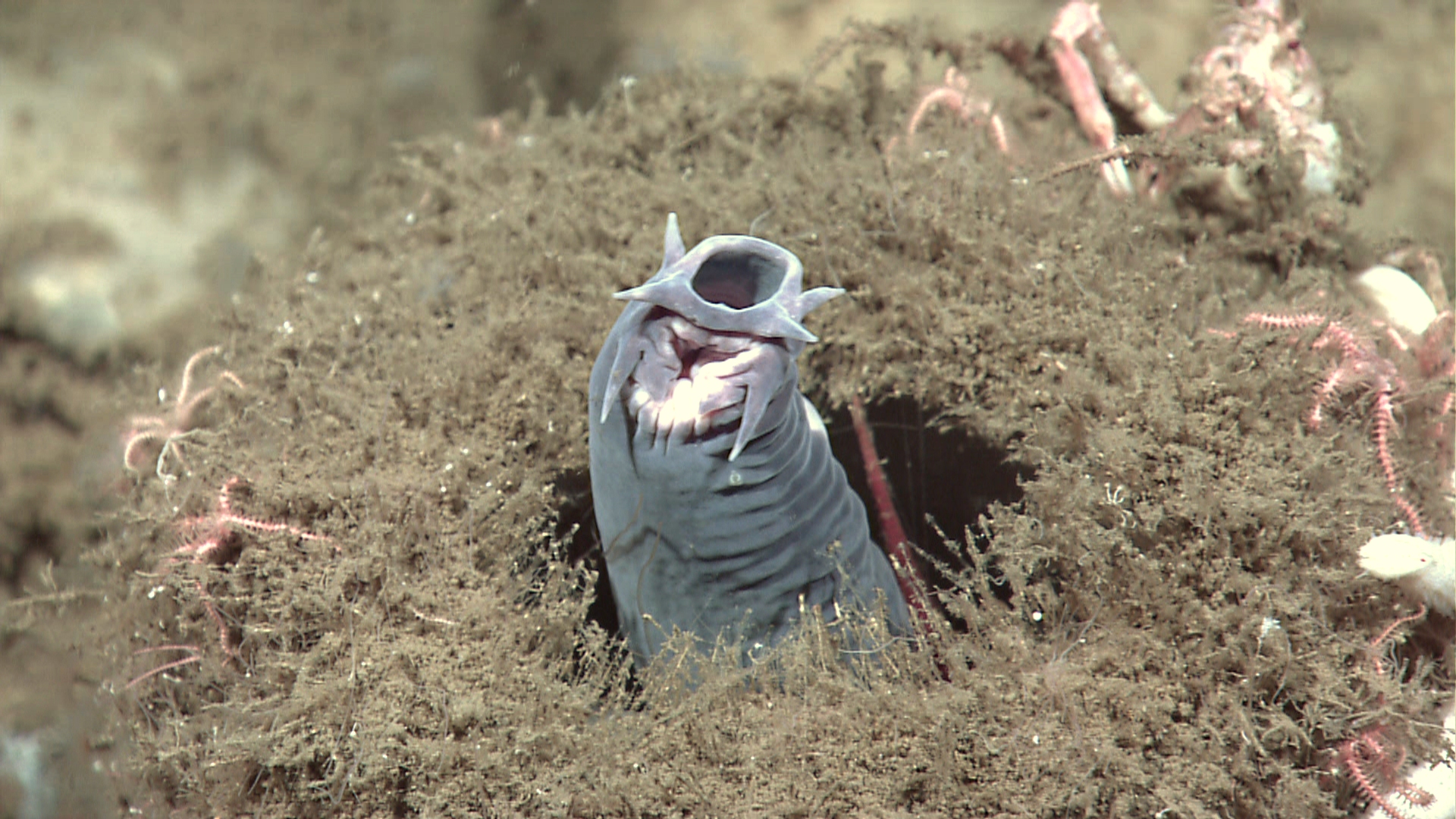Browse "Things"
-
Article
Guilbault-Thérien Inc
Guilbault-Thérien Inc (Providence Organ Inc/Orgue Providence Inc 1946-79). Organ manufacturing company founded in St-Hyacinthe, Que in 1946 by Maurice Guilbault (1903-69) who had worked for the Casavant firm.
"https://development.thecanadianencyclopedia.ca/images/tce_placeholder.jpg?v=e9dca980c9bdb3aa11e832e7ea94f5d9" // resources/views/front/categories/view.blade.php
https://development.thecanadianencyclopedia.ca/images/tce_placeholder.jpg?v=e9dca980c9bdb3aa11e832e7ea94f5d9
-
Article
Gulf
A gulf is a body of water partly surrounded by land and connected to an ocean or sea. This connection sometimes takes the form of a narrow passage called a strait. The nomenclature of water inlets can be inconsistent between sources. Sometimes, the terms gulf, bay and sea are used interchangeably. For example, the Arabian Sea and Hudson Bay can both be classified as gulfs. However, in most cases a gulf is deeper and larger than a bay and is also more enclosed from the ocean or sea to which it is connected. Because gulfs are partially surrounded by land, their waters are typically calmer than those of oceans. This makes them suitable for activities such as transportation, fishing and leisure.
"https://d2ttikhf7xbzbs.cloudfront.net/media/new_article_images/Gulf/GulfofStLawrence.jpg" // resources/views/front/categories/view.blade.php
https://d2ttikhf7xbzbs.cloudfront.net/media/new_article_images/Gulf/GulfofStLawrence.jpg
-
Article
Gulf Canada Resources Limited
Gulf Canada Resources Limited was incorporated in 1906 as the British American Oil Company Limited. In 1969 Gulf Oil Corp of the US bought BA, which became Gulf Oil Canada Limited. The name, Gulf Canada Ltd, was adopted in 1978 and in July 1987 the company became Gulf Canada Resources Limited.
"https://development.thecanadianencyclopedia.ca/images/tce_placeholder.jpg?v=e9dca980c9bdb3aa11e832e7ea94f5d9" // resources/views/front/categories/view.blade.php
https://development.thecanadianencyclopedia.ca/images/tce_placeholder.jpg?v=e9dca980c9bdb3aa11e832e7ea94f5d9
-
Article
Gull
The gull (Laridae) family consists of long-winged, web-footed birds containing 2 subfamilies: Larinae and Sterninae.
"https://d2ttikhf7xbzbs.cloudfront.net/media/media/89c5d2bc-52bc-402b-b3ae-a574820f9744.jpg" // resources/views/front/categories/view.blade.php
https://d2ttikhf7xbzbs.cloudfront.net/media/media/89c5d2bc-52bc-402b-b3ae-a574820f9744.jpg
-
Article
Gun Control in Canada
Gun control in Canada is governed by the Criminal Code, as well as the Firearms Act (1995) and related regulations. The Criminal Code lays out the criminal offences related to the misuse, storage, transportation, sale and possession of firearms; as well as consequent punishments. The Firearms Act regulates the manufacture, import/export, acquisition, possession, transfer, transportation, and storage of firearms in Canada. It lays out prohibitions and restrictions on various types of firearms, which are classified as either non-restricted, restricted, or prohibited. The Act also outlines the requirements for the licensing and registration of firearms in Canada. The Canadian Firearms Program (CFP), led by the RCMP, administers the Firearms Act. Fulfilment of the Canadian Firearms Safety Course and obtainment of a Possession and Acquisition Licence (PAL) are required to possess and use firearms in Canada.
"https://d2ttikhf7xbzbs.cloudfront.net/media/new_article_images/GunControl/Handgun_collection.jpg" // resources/views/front/categories/view.blade.php
https://d2ttikhf7xbzbs.cloudfront.net/media/new_article_images/GunControl/Handgun_collection.jpg
-
Article
Gustafsen Lake Standoff
The Gustafsen Lake Standoff was a month-long conflict (18 August–17 September 1995) between a small group of First Nations Sun Dancers and the Royal Canadian Mounted Police (RCMP). The standoff took place in central British Columbia, in Secwepemc (Shuswap) territory near 100 Mile House. Sparked by a dispute between a local rancher and a camp of Sun Dancers over access to private land for ceremonial purposes, the armed confrontation raised larger questions of Indigenous land rights in British Columbia. On 11 September 1995, in what was later called the largest paramilitary operation in the history of the province, RCMP surrounded the remote camp and a firefight erupted during which, remarkably, no one was seriously injured. The standoff at Gustafsen Lake is perhaps the least known in a series of localized armed conflicts involving Indigenous peoples in the 1990s that included the Oka and Ipperwash crises in Quebec and Ontario, respectively.
"https://d2ttikhf7xbzbs.cloudfront.net/media/media/a91c62c3-627d-4cbc-bc37-75fe1f9ee255.jpg" // resources/views/front/categories/view.blade.php
https://d2ttikhf7xbzbs.cloudfront.net/media/media/a91c62c3-627d-4cbc-bc37-75fe1f9ee255.jpg
-
Macleans
Gustafsen Lake Standoff: 15 Charged
The trial took 10 months, its drama unfolding daily behind floor-to-ceiling bulletproof glass in the highest-security courtroom in British Columbia. Spectators passed through a metal detector before entering the B.C. Supreme Court in Surrey, a southeast suburb of Vancouver.This article was originally published in Maclean's Magazine on June 2, 1997
"https://development.thecanadianencyclopedia.ca/images/tce_placeholder.jpg?v=e9dca980c9bdb3aa11e832e7ea94f5d9" // resources/views/front/categories/view.blade.php
https://development.thecanadianencyclopedia.ca/images/tce_placeholder.jpg?v=e9dca980c9bdb3aa11e832e7ea94f5d9
-
Macleans
Gut of the matter
Heart disease, Crohn’s, even autism may be affected by the bacteria in our guts—and the fix may live there, too.This article was originally published in Maclean's Magazine on July 15, 2013
"https://development.thecanadianencyclopedia.ca/images/tce_placeholder.jpg?v=e9dca980c9bdb3aa11e832e7ea94f5d9" // resources/views/front/categories/view.blade.php
https://development.thecanadianencyclopedia.ca/images/tce_placeholder.jpg?v=e9dca980c9bdb3aa11e832e7ea94f5d9
-
Article
Guy Paul Morin Case
The Guy Paul Morin case was the second major wrongful conviction case to occur in the modern era of the Canadian criminal justice system. The case was riddled with official errors — from inaccurate eyewitness testimony and police tunnel vision, to scientific bungling and the suppression of evidence. Morin had been acquitted of the murder of nine-year-old Christine Jessop in 1986, only to be found guilty at a retrial in 1992. He was cleared by DNA evidence in 1995 and received $1.25 million in compensation. In 2020, DNA evidence identified Calvin Hoover, a Jessop family friend who died in 2015, as the real killer.This article contains sensitive material that may not be suitable for all audiences.
"https://d2ttikhf7xbzbs.cloudfront.net/media/media/3db345a4-10ed-4079-a8dd-64108fa40934.jpg" // resources/views/front/categories/view.blade.php
https://d2ttikhf7xbzbs.cloudfront.net/media/media/3db345a4-10ed-4079-a8dd-64108fa40934.jpg
-
Article
Gymnastics
One of the oldest and most fundamental sports, it originated in ancient Greece. Modern-day artistic gymnastics developed in Germany in the early 1800s. The first Olympic Gymnasium opened in Montréal in 1843, followed by others in Québec City, Toronto, Hamilton, Ottawa, Halifax and Victoria.
"https://d2ttikhf7xbzbs.cloudfront.net/media/media/abf2d306-c9df-4f21-8072-d6ff3c712de5.jpg" // resources/views/front/categories/view.blade.php
https://d2ttikhf7xbzbs.cloudfront.net/media/media/abf2d306-c9df-4f21-8072-d6ff3c712de5.jpg
-
Article
Gypsum
The principal use for gypsum is wallboard. Crude gypsum is pulverized and heated to form stucco, which is mixed with water and aggregate (sand, vermiculite or expanded perlite) and applied over wood, metal or gypsum lath to form interior wall finishes.
"https://d2ttikhf7xbzbs.cloudfront.net/media/media/d296e1a0-9748-4a50-b6ea-9863ac520767.jpg" // resources/views/front/categories/view.blade.php
https://d2ttikhf7xbzbs.cloudfront.net/media/media/d296e1a0-9748-4a50-b6ea-9863ac520767.jpg
-
Article
H1N1 Flu of 2009 in Canada
From April to December 2009, Canada experienced an outbreak of influenza A (H1N1). The virus began in North America and spread to many other countries in a global pandemic. This new type of flu differed from the typical seasonal flu, and its effects were more severe. Worldwide, more than 18,000 people are confirmed to have died of H1N1, including 428 Canadians. Estimates based on statistical models have put global deaths much higher. Totals may have been in the hundreds of thousands. The H1N1 pandemic tested Canada’s improvements to its public health system after the SARS outbreak of 2003. On the whole, it revealed a more efficient, coordinated response. Click here for definitions of key terms used in this article.
"https://d2ttikhf7xbzbs.cloudfront.net/media/new_article_images/H1N1Fluof2009/H1N1_influenza_virus.jpg" // resources/views/front/categories/view.blade.php
https://d2ttikhf7xbzbs.cloudfront.net/media/new_article_images/H1N1Fluof2009/H1N1_influenza_virus.jpg
-
Article
Habitat 67
Habitat 67 is an experimental urban residential complex designed by Israeli-born architect Moshe Safdie and located in the Cité du Havre neighbourhood south of Montréal’s Old Port sector. Commissioned by the Canadian Corporation for Expo 67, the project derives its name from the theme of the fair, “Man and His World,” and became one of the major pavilions of the exhibition. It is the only remaining structure from Expo 67 to retain its original function. In 2015, the Guardian called Habitat “a functioning icon of 1960s utopianism, and one of that period’s most important buildings.”
"https://d2ttikhf7xbzbs.cloudfront.net/media/new_article_images/Habitat67/d378c1fa-9a6d-400c-aa2b-eb5b8351d306.jpg" // resources/views/front/categories/view.blade.php
https://d2ttikhf7xbzbs.cloudfront.net/media/new_article_images/Habitat67/d378c1fa-9a6d-400c-aa2b-eb5b8351d306.jpg
-
Article
Hagfish
Hagfish, group of primitive vertebrates which together with lampreys and various extinct forms comprise the fish class Agnatha.
"https://d2ttikhf7xbzbs.cloudfront.net/media/media/917408af-771b-4db4-bc1b-9a5098db913a.jpg" // resources/views/front/categories/view.blade.php
https://d2ttikhf7xbzbs.cloudfront.net/media/media/917408af-771b-4db4-bc1b-9a5098db913a.jpg
-
Article
HMCS Haida
The HMCS Haida is a “Tribal” Class destroyer that served in the Second World War and the Korean War. It is a National Historic Site operated by Parks Canada and is moored in Hamilton Harbour. The Haida is known as Canada’s “fightingest” warship.
"https://d2ttikhf7xbzbs.cloudfront.net/media/media/bdd8f002-5a0f-4adb-adc2-9afecd1e4bb1.jpg" // resources/views/front/categories/view.blade.php
https://d2ttikhf7xbzbs.cloudfront.net/media/media/bdd8f002-5a0f-4adb-adc2-9afecd1e4bb1.jpg
